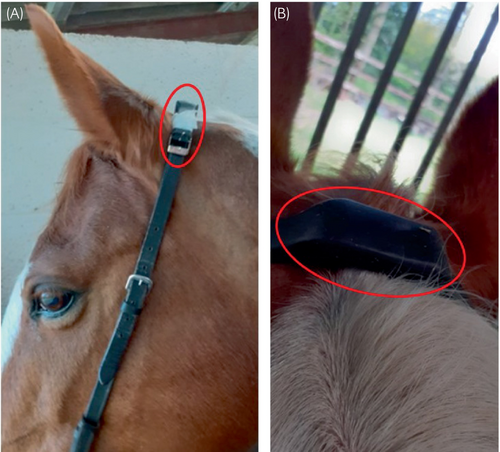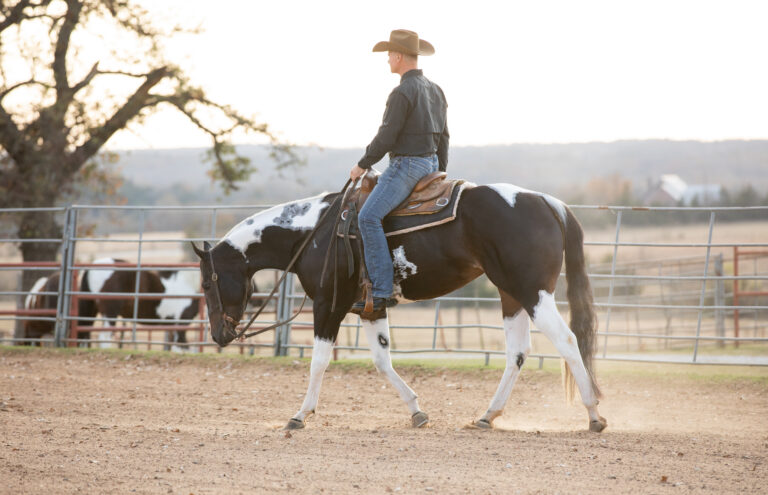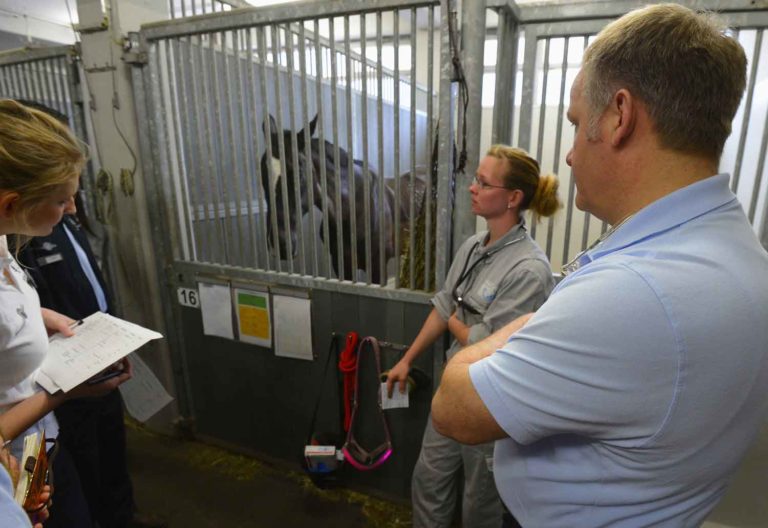
Neuropathic facial pain in horses is often attributed to trigeminal-mediated (TGM) headshaking (HS). Affected horses typically present with head flicks—mostly vertical but also horizontal or rotary—and other signs of nasal irritation, such as rubbing the muzzle, snorting, and striking the face with a forelimb. These behaviors can be intermittent and triggered by exercise, environmental factors, and seasonal changes. Some horses are severely affected even at rest, to the point of requiring euthanasia.
Veterinarians diagnose TGMHS through a process of exclusion based on physical examination, endoscopy, and potentially CT scan. Researchers in the United Kingdom evaluated a new technology to help diagnose headshaking and monitor management strategies. The bridle-affixed accelerometer sits on the horse’s poll and measures the frequency and minimum/maximum thresholds for headshaking.
The research team aimed to develop and validate an objective measure of TGMHS. They investigated whether the accelerometer could differentiate TGMHS head movements from normal head movements during exercise or head movements caused by lameness. The study included 56 horses: 18 with idiopathic TGMHS; 10 with non-TGMHS that had identifiable causes of headshaking, such as sinusitis or dental disease; 12 lame; and 16 healthy controls presented for prepurchase exam.
The horses were trotted for five minutes on the longe line. The researchers collected and analyzed accelerometer data from this exercise. They said the accelerometer gave “excellent discrimination of headshaking-associated head movements” and could differentiate normal head motion from the other categories evaluated. TGMHS horses experienced more frequent head movements (at least twice as many positive peaks per minute) and had a greater g-force than the non-TGMHS, lame, and control horses. This equipment might be extremely helpful in standardizing diagnostics for trigeminal-mediated headshaking.
Reference
Pickles KJ, Marlin DJ, Williams JM, Roberts VLH. Use of a poll-mounted accelerometer for quantification and characterization of equine trigeminal-mediated headshaking. Equine Veterinary Journal Une 2024; DOI: 10.1111/evj.14132
Related Reading
- Scoring Disease Severity in Horses with Trigeminal-Mediated Headshaking
- Idiopathic Headshaking in Horses
- Owner Assessment of Equine Headshaking Therapies
Stay in the know! Sign up for EquiManagement’s FREE weekly newsletters to get the latest equine research, disease alerts, and vet practice updates delivered straight to your inbox.

![[Aggregator] Downloaded image for imported item #18782](https://s3.amazonaws.com/wp-s3-equimanagement.com/wp-content/uploads/2025/11/03125751/EDCC-Unbranded-13-scaled-1-768x512.jpeg)


